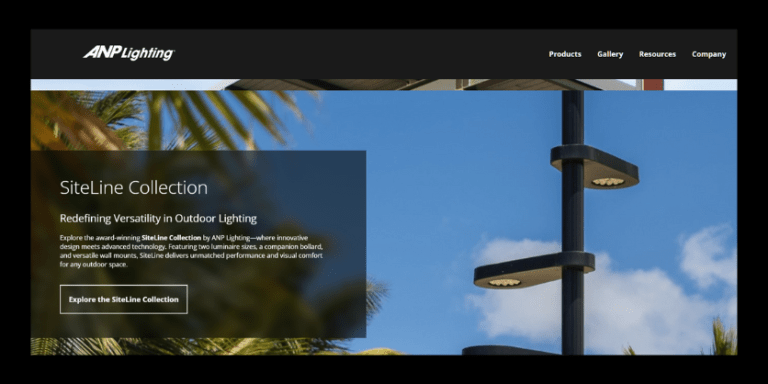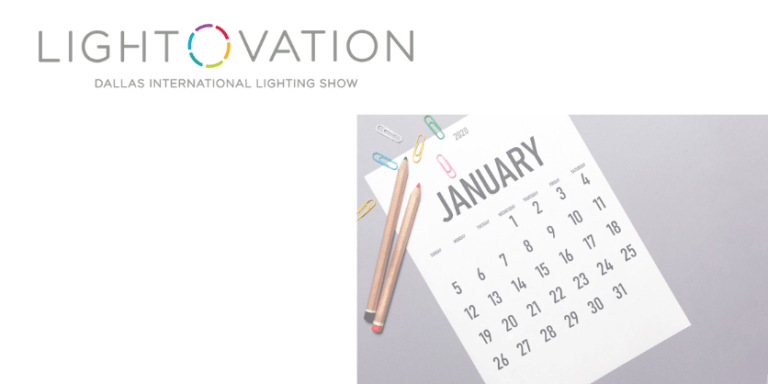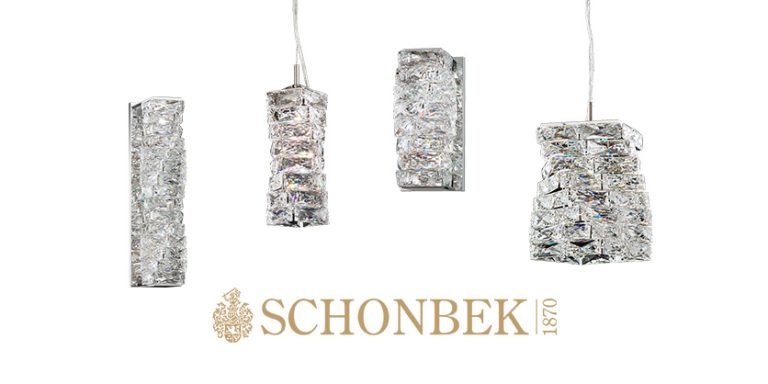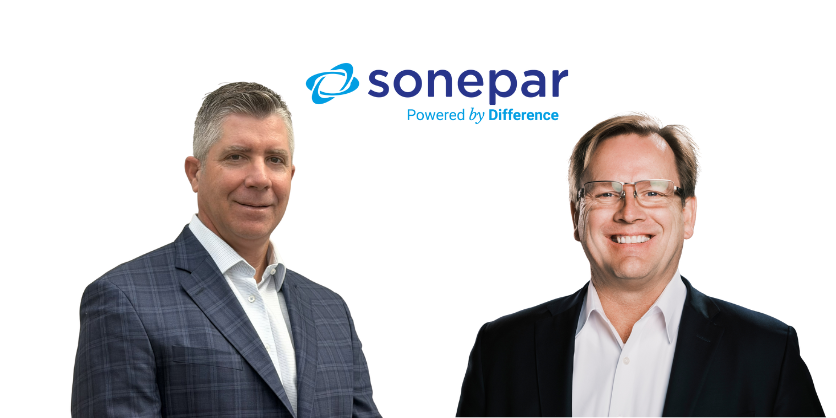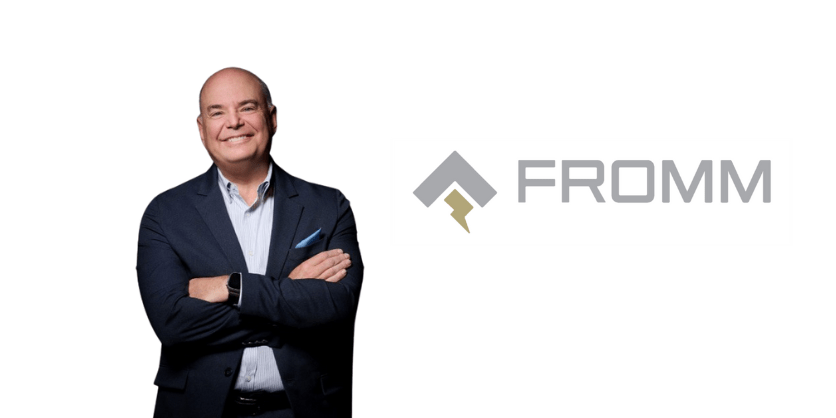Signify Wins 2023 Prototype Phase of L-Prize Competition from the U.S. Department of Energy
October 27, 2023
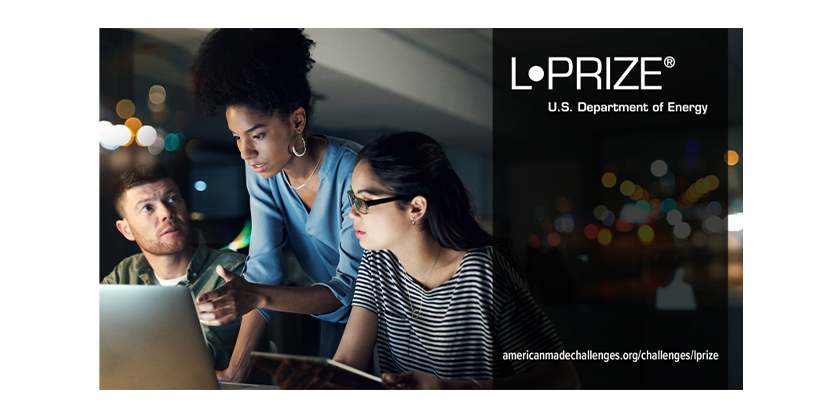
Signify recently announced that it is a winner of the Prototype Phase of the U.S. Department of Energy’s L-Prize competition.
Signify’s winning prototypes – the Generation Flex modular luminaire and Interact Next Gen scalable connected lighting system – were chosen for their exceptional performance across six areas: efficacy; quality of light; connectivity; product life cycle; technical innovation; and diversity, equity and inclusion.
“The L-Prize inspires our industry to innovate sustainable lighting technologies that can unlock benefits beyond simple illumination. It began with the first competition in 2011, in which we delivered a breakthrough in energy efficiency with an LED replacement for a 60-watt light bulb,” said Olivia Qiu, Chief Innovation Officer, Signify.
“Now, we’ve achieved deeper energy savings, while incorporating circular design principles, data-driven intelligence, superior light quality and flexibility for all stakeholders, from building owners to electrical contractors to occupants. We are excited to continue developing these prototypes and bringing these transformative concepts to market.”
Now, we’ve achieved deeper energy savings, while incorporating circular design principles, data-driven intelligence, superior light quality and flexibility for all stakeholders, from building owners to electrical contractors to occupants. We are excited to continue developing these prototypes and bringing these transformative concepts to market.”
Olivia Qiu
Chief Innovation Officer, Signify
An innovative, modular luminaire
Signify’s Generation Flex luminaire prototype combines cutting-edge materials and adaptable 3D printing concepts with ground-breaking energy efficiency and optics that deliver flexibility, reduced energy consumption and an exceptional quality of light. It features a new LED with superior lighting performance, developed in partnership with Samsung Electronics, that together with Signify’s high-efficiency D4i LED driver and state-of-the-art optics enable an efficacy of 196 lm/W while maintaining a supreme quality of light.
Built around a housing-agnostic general lighting module, the luminaire supports a variety of form factors for both new construction and renovation projects. The prototype represents a step forward in energy efficiency, consuming 29% less energy1 as well as a 50% reduction in embodied carbon2 than the best-in-class commercially available equivalent3. Following circular design principles, its cups and electronics can be printed, and its reversible, click and clamp assembly allows for on-demand delivery and repair.
The next generation of Interact
The Interact Next Gen connected lighting prototype is a simple, scalable wireless solution that provides businesses with all the tools and intelligence they need to go beyond basic energy-savings tactics, interface with existing building systems, reduce operational expenses and improve occupant experience within a single platform. It features an all-in-one luminaire-level sensor that measures daylight, occupancy, temperature, humidity and sound to help optimize operational costs and employee comfort.
Role-based apps give different types of users the specific tools they need. Facility managers can view occupancy maps, set space utilization targets and improve workspace efficiency. Employees can find and book available workspaces as well as adjust light levels and temperature. Lastly, installers can remotely configure sites using the map-based user interface for quick and easy commissioning.
“Investing in next-generation lighting solutions helps tackle the climate crisis, boosting American supply chains and manufacturing of these technologies, and creating good-paying jobs,” said Mandy Mahoney, Director of the Building Technologies Office at DOE. “The winning prototypes represent ground-breaking innovation, not only in energy efficiency, data-driven connectivity, and environmental sustainability, but also prioritizing communities that get overlooked when we roll out new prototypes. These innovators are leading the way.”
Mandy Mahoney,
Director of the Building Technologies Office at DOE
1Reference to the best-in-class CRI90 2’x2’ troffer listed in the DLC QPL as of March 30, 2023, which has an efficacy of 143 lm/W
2The Global Warming Potential (GWP) of the Generation Flex luminaire “make” phase is 19% lower than the mean of a benchmark analysis of six US high volume troffer-style luminaires from Signify (Day-Brite’s FluxGrid, Evo Grid, and FormFlex, and Cooper’s Metalux 22CZ2, 22CGT and 22FP). For real impact comparison, Signify normalized the GWP related to the embodied carbon with the functional unit as proposed and defined by PEP-Eco passport, being 1,000 lumen at 35 khr useful life using the L70 values for the lifetime normalization.
Extremely long L70 values were capped at 100 kHrs. The combination of material choice, lumen output and lifetime resulted in a 50% reduction in the normalized GWP when comparing the Generation Flex luminaire with the mean of the US benchmark.
3When compared to the average CRI90 2’x2’ troffer listed in DLC’s QPL as of March 30, 2023, which has an efficacy 143 lm/W.
About the L-Prize
The U.S. Department of Energy’s Building Technologies Office established the L-prize competition to spur development of next-generation LED lighting systems. Launched in 2021, the new L-Prize is primed to unlock the full potential of LED technology—to combine high luminaire efficacy with exceptional lighting quality, data-driven control and functionality, and sustainable design and construction for the future of illumination in commercial buildings.
In addition to these technical innovations, the L-Prize also prioritizes diversity, equity, and inclusion in how luminaires or lighting systems can benefit communities that have been historically disadvantaged. The competition is structured in three asynchronous phases: Concept, Prototype and Manufacturing and Installation. Entrants for the Prototype Phase were encouraged to emphasize technological innovation and to think outside the standard forms, materials, and price points of commercially available products.
More information available here


